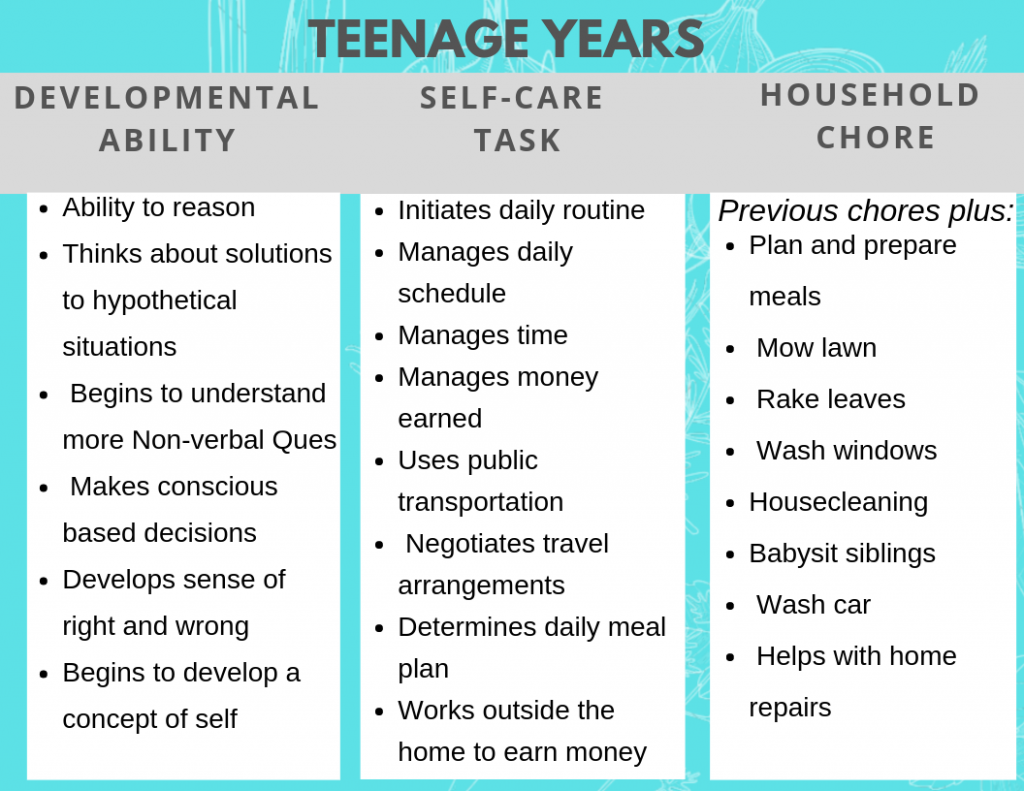
Raising well-adjusted children is no easy feat. I have received tons of unsolicited advice from just about anyone that decided to share their “opinion”. Most often, these “words of wisdom” were delivered to me in response to allowing my child to try certain tasks on her own. When I was teaching my then one year old how to self feed using a utensil, I was told: “she’s too young for that, you need to feed her”. At three years old I allowed her to attempt washing her own face and was again reminded that she can’t wash her own face. My first instinct in raising my children is to let them try it out before I help, within reason of course. This is definitely a nerve-wracking experience and usually quite messy, but the confidence built and skills acquired are worth every minute. So, I am here to tell you if your child wants to cut, Let Them Use The SCISSORS!
Becoming increasingly independent is a hallmark of children’s growth and development. According to psychologist Jim Taylor, Ph.D., if your children are independent, then as a parent, “You have provided them with the belief that they are competent and capable of taking care of themselves.”
When parents teach and provide opportunities for independence, they give their children the freedom to experience life fully and learn its many important lessons.
The thought of giving your children freedom is daunting, I know. But when you allow your children to try things out on their own, they are activating critical thinking skills and becoming problem solvers. Additionally, once they learn how to complete a self-care task on their own it relieves you of the responsibility and now you have more time for other matters. These lifelong skills are paramount in this journey toward raising well-adjusted responsible adults.
Building independence in children must be deliberate and intentional. Utilizing the guidelines of developmental milestones and abilities is a great tool for learning what children are capable of at a particular age. However, you must also determine how your child learns and teach them using their individual learning style. The charts below detail the progression of self-care tasks and household chores by age and developmental ability.
Developmental Self-Care Checklists By Age






The information on these charts is not an exhaustive list and is based on typical developing children. All children vary with regard to their developmental ability, will, and determination. I encourage you to use these checklists as a guide to gradually increase your child’s independence. None of these skills will happen without explicit instruction, modeling, and practice. We all want our children to thrive and become well-adjusted, successful adults. In order for that goal to be realized, we must learn and understand what our children are capable of and create a safe space for growth.
You Raise. We Rise







What do you think?